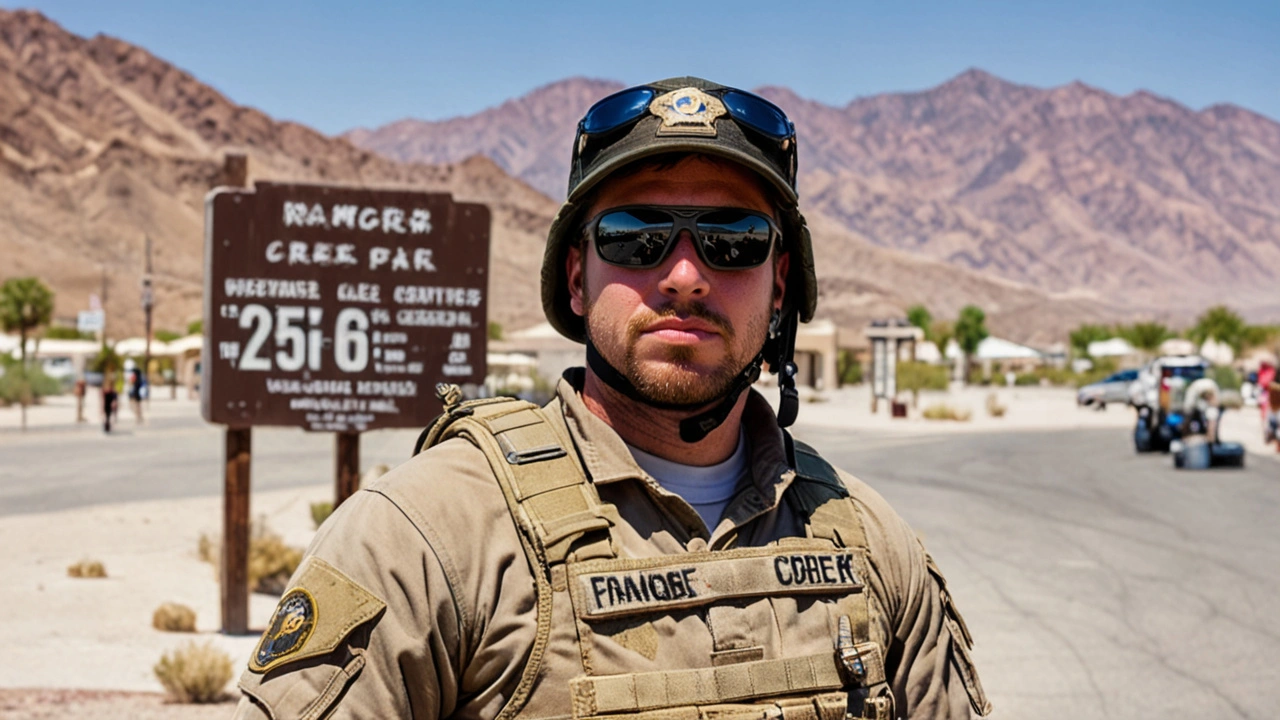Motorcyclist Death: News, What To Do, and How to Stay Safe
Seeing a headline about a motorcyclist death is jarring. You want facts fast and clear. This tag page gathers stories, explains how we verify cases, and gives plain steps for witnesses, families, and riders who want to avoid tragedy.
How we report motorcyclist deaths
We rely on official sources first — police statements, hospital confirmations, and family announcements. Where those aren’t available, we look for credible local reporters, rescue-service logs, and multiple eyewitness accounts that match each other. If details are inconsistent or come from a single social post, we label the report as unconfirmed until reliable sources weigh in.
Photos and videos can help, but they also mislead. We check timestamps, location tags, and scene details before publishing images. We avoid sharing graphic content out of respect for victims and families. If you see something on social media that looks like breaking news, ask: who posted it, is there an official statement, and do independent reporters confirm it?
If you witness a crash — clear actions to take
Your first job is safety. Don’t move injured people unless they’re in immediate danger (fire, oncoming traffic). Move yourself and bystanders to a safe spot. Call emergency services right away — give the exact location, describe injuries, and say how many people are involved.
If you can do so safely, provide basic first aid: stop heavy bleeding with pressure, keep the person still and warm, and talk to them so they stay conscious. Note vehicle details (license plate, make, color), time, road conditions, and any witnesses. That information matters for police reports and insurance.
Record your observations, but avoid speculation. Don’t post graphic photos or blame anyone online. Share info with responders and police; they will handle the rest.
Family members looking for updates should contact local hospitals and police stations listed in official reports. Avoid relying on message chains — ask for case numbers and names of officers handling the matter.
Riders: small habits cut big risks. Wear a certified helmet and reflective gear, keep your lights on, maintain your brakes and tires, and ride at speeds that match road and traffic conditions. Visibility and predictable riding reduce collision chances.
If you want regular updates on cases tagged here, use our tag feed. We flag confirmed reports, follow-up stories, and official notices so you can track developments without chasing rumors.
Questions about a specific story? Check the story’s source links listed under each post. If something looks wrong, send us a tip with documents or contact details — we’ll check it the same way we check everything else.
Tragic news is hard to read, but clear facts and calm action help people and families deal with the moment. Use this page to stay informed, help safely if you’re there, and take steps to avoid becoming part of tomorrow’s headlines.

Motorcyclist Succumbs to Extreme Heat in Death Valley as Temperatures Approach Record Highs
Keabetswe Monyake Jul 9 9A motorcyclist died in Death Valley due to soaring temperatures, nearing record highs. The victim was part of a group affected by the extreme heat near Badwater Basin, the lowest point in North America. The National Park Service warned about heat risks and provided safety tips as Death Valley experienced highs close to its historic record temperature of 134 degrees Fahrenheit.
More Detail